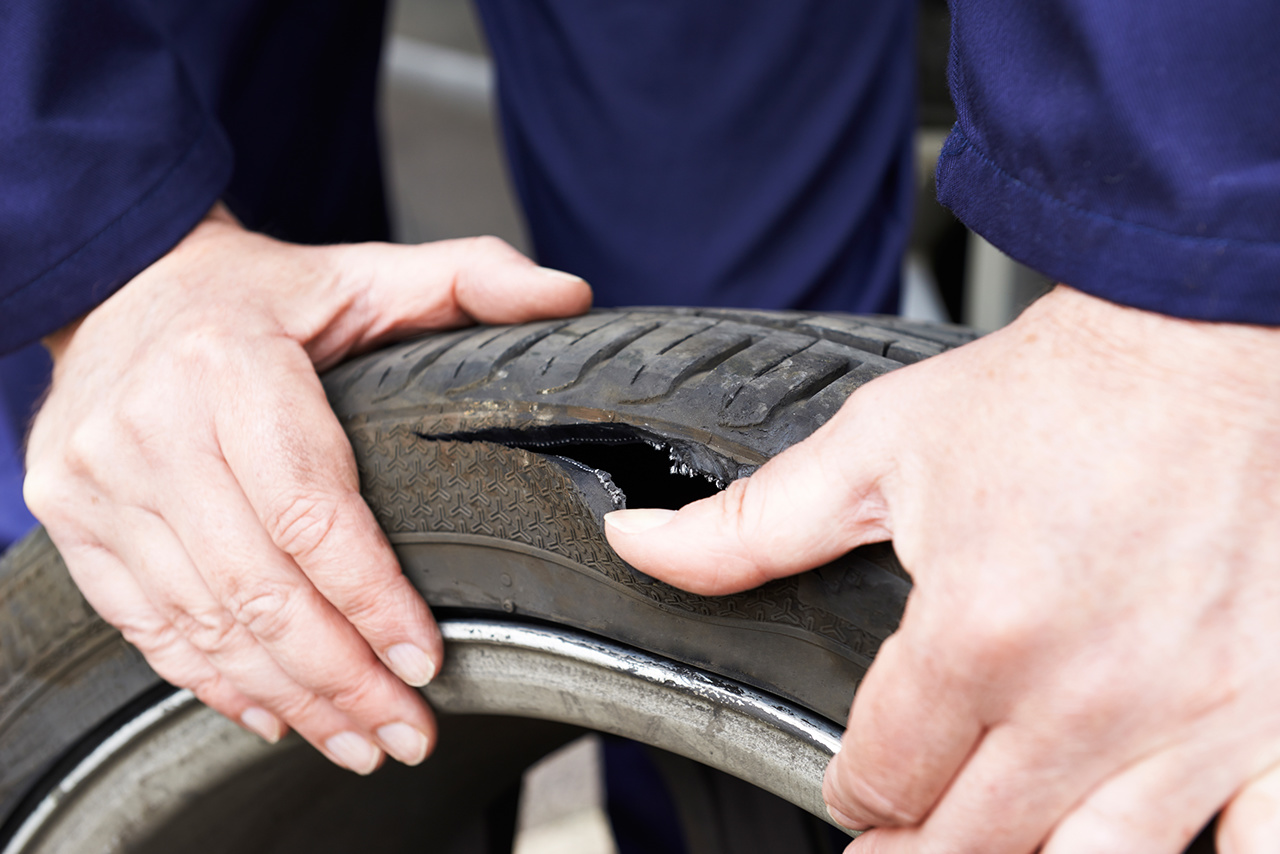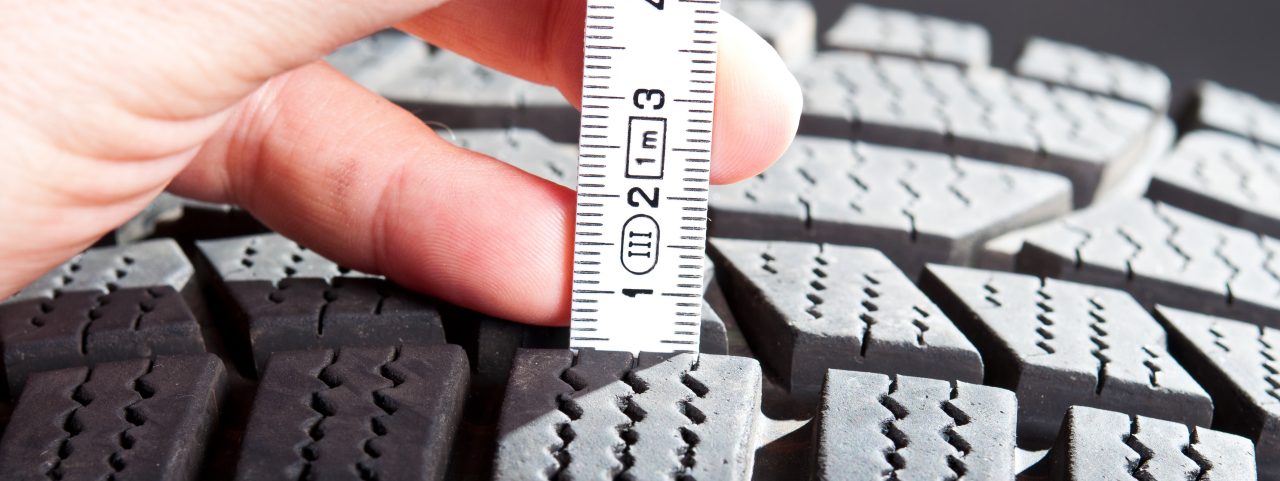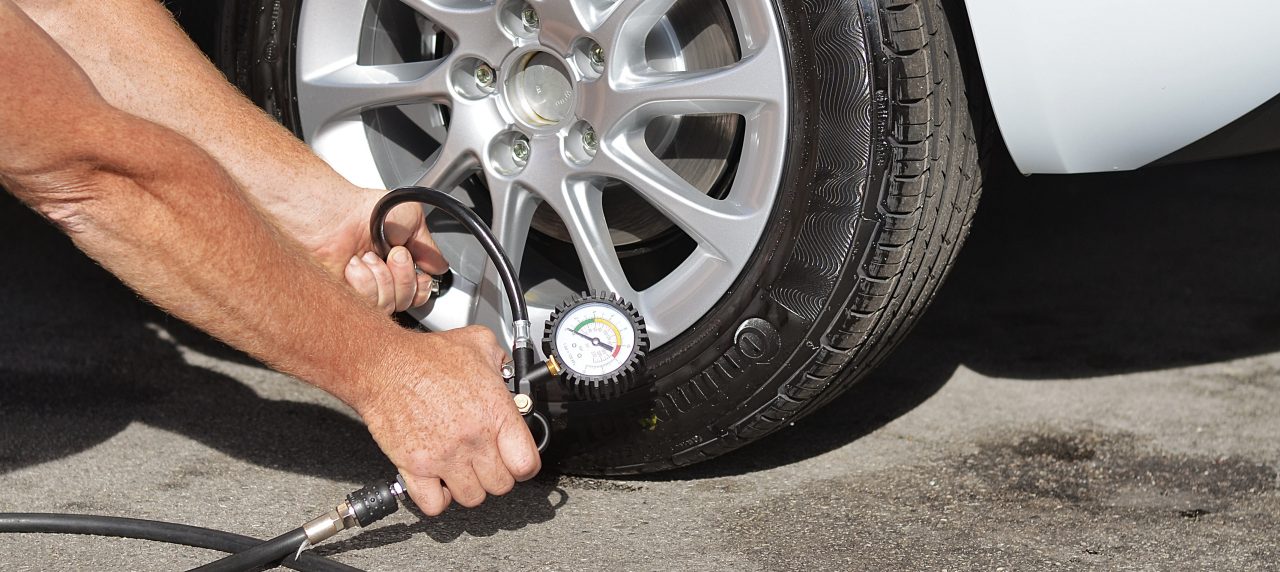
# Tire Damages and Age
Wymiana opon. Wiek i inne czynniki wpływające na żywotność opon.
Co trzeba wiedzieć o wieku i żywotności opon?
Wiek oraz żywotność to dwa niezwykle istotne elementy, które mają decydujący wpływ na decyzję o wymianie opon. Trwałość opon, żywotność opon i zużycie opony dają nam informacje, czy nie stanowimy zagrożenia na szosie – zarówno dla siebie i naszych pasażerów, jak i pozostałych uczestników ruchu. W niniejszym tekście zajmiemy się wymienionymi zagadnieniami. Wskażemy również, jak dbać o opony, by służyły nam one dobrze przez cały okres swojej użyteczności.

Taking care of tires to extend their life
Continental builds and designs our tires to provide thousands of kilometers of excellent service. Achieve maximum benefit from your tires by taking care to avoid damage from improper use that may shorten their lifespan.
The conditions that you subject your tires to over the course of daily use – inflation pressure, load, speed, road hazard injury, and so on – are key to determining service life. So too, is regular rotation and proper storage of your tires. But since service conditions vary widely from car to car and driver to driver, to apply universal predictions on how long a tire will last is impossible.

However, you can be proactive and increase the longevity of your tire through proper maintenance. To avoid prematurely buying replacement tires, things to consider include:
- Checking tire pressure regularly;
- Rotating evenly between the rear and front tires, left and right depending on tread pattern;
- Maintaining proper wheel and axle alignment;
- Checking treadwear (1.6 mm is the legal limit);
- Inspecting tires for visible wear or damage;
- Paying attention to ride quality while driving.
Checking for tire age
Here's a simple tip to determine the age of your tires; it's written on the sidewall! You can calculate the physical age of any car tire by examining the markings on the tire sidewall following the “DOT” symbol:
- The last four numbers denote the fabrication date of the tire to the nearest week.
- The first pair of these four numbers identifies the date of manufacture down to the nearest week (which range from “01” to “53”).
- The last pair of numbers specifies the year of manufacture.
For example, a tire with a DOT of XXXXXXX2714 has a manufacture date from the 27th week of 2014.

Some points to note about older tires
Be aware of the following when you inspect your sidewall markings:
- Tires produced before the year 2000 have three numbers instead of four to indicate the production date of the tire.
- In the 1990s, Continental added a triangle (◄) to the end of the character string. The reason for this is to distinguish a tire built in the 1990s from one fabricated in previous decades.
As an example, a tire with the information “DOT XXXXXXX274◄” was manufactured in the 27th week of 1994.
How many years will tires last?
Continental is not aware of any technical data to support the removal of service for tires past a specific age. But the same principle applies to the tires of your vehicle as it does for any other part of your car – age matters.
Together with other members of the tire and automotive industries, Continental advises that all tires (including spare tires) made more than ten years ago should be removed from service and replaced with new tires.
You should follow this advice even if:
- The tires seem to be in good condition and appear usable based on their external appearance.
- The wear to the tread has not passed the minimum legal limit.
In short, even though a tire older than ten years might seem fine for driving, we still recommend getting new tires for your car. Drivers cannot depend on visual inspection for rubber cracking, wear to the tread, or other signs of deterioration from age. While tires may appear perfectly functional, their age is a factor for replacement.
Some vehicle manufacturers may recommend a different chronological age at which to replace a tire. Such guidance comes from their understanding of the specific vehicle application; Continental recommends drivers to pay heed to these instructions.
In any case, most tires will likely need replacement for worn treads or other causes before any recommended removal period. At the same time, a stated removal period in no way alleviates the drivers’ responsibility to replace worn tires when necessary.
Related content
-
 2025/05/08Naprawa przebitej lub uszkodzonej oponyZamierzasz naprawić przebitą oponę? Kierowcy powinni wiedzieć, kiedy naprawa przebitej lub uszkodzonej opony jest możliwa. Poznaj nasze wskazówki.Więcej
2025/05/08Naprawa przebitej lub uszkodzonej oponyZamierzasz naprawić przebitą oponę? Kierowcy powinni wiedzieć, kiedy naprawa przebitej lub uszkodzonej opony jest możliwa. Poznaj nasze wskazówki.Więcej -
 2025/05/08Informacje o prawidłowej utylizacji oponStare opony samochodowe należy przekazać je do recyklingu. Wielu sprzedawców opon zajmie się ich utylizacją przy zakupie nowego kompletu. Czytaj więcej.Więcej
2025/05/08Informacje o prawidłowej utylizacji oponStare opony samochodowe należy przekazać je do recyklingu. Wielu sprzedawców opon zajmie się ich utylizacją przy zakupie nowego kompletu. Czytaj więcej.Więcej